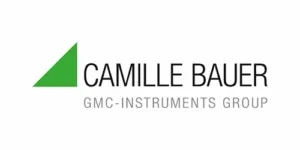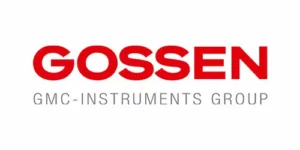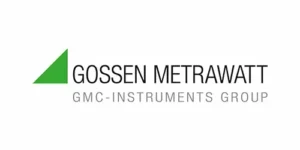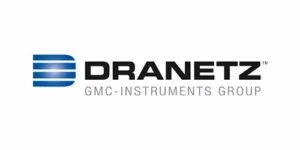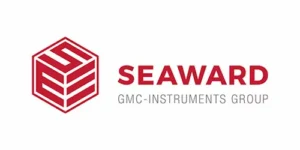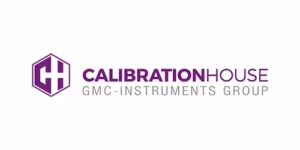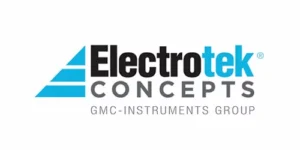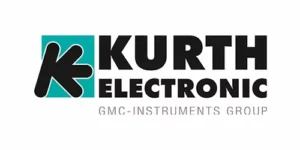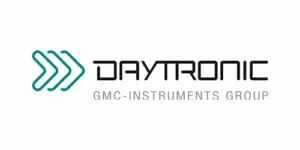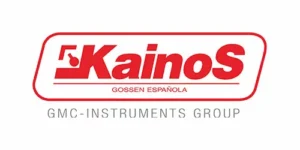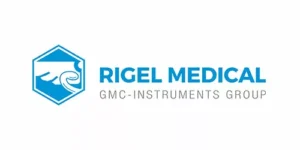ENERGY MANAGEMENT ISO 50001 / ISO 50003
International standards for energy management systems were established for the first time by the ISO 50001 standard published in June 2011, which replaces European standard EN 16001. European predecessor standard EN 16001 already contributed to significant energy savings for German companies. In the meantime, the standard has been extended and supplemented by ISO 50003.
ISO 50001
ISO 50001, which was first published in June 2011 and replaces European standard EN 16001, has been valid worldwide since 2011 and helps companies reduce and optimize their energy consumption. The standard applies to all industries and can be implemented by companies, organizations and official authorities of all sizes. As opposed to the energy audit in accordance with DIN EN 16247, this standard deals with an ongoing, continuous process and not just with the logging of the current actual status of a company’s energy consumption.
| ISO 50001 | Energy Audit per DIN EN 16247-1 | |
|---|---|---|
| Empirical Values |
|
|
| Deadline | 31 December 2016 By 5 December 2015: only substantiation to BAFA concerning rollout of ISO 50001 system |
5 December 2015 |
| Efficiency | Continuous improvement of energy efficiency is possible, as well as sustainability by means of systematic introduction of the energy management system. | One-time effect via snapshot |
| Additional Effects |
|
|
| Recognition | Globally recognized standard | Standard recognized throughout Europe |
| Costs | Depending on complexity and the number of locations, implementation of an energy management system in accordance with ISO 50001 can be less expensive than conducting energy audits. | In the long-term, consultancy costs for regularly scheduled periodic audits can result in costs similar to those incurred for the rollout and maintenance of an energy management system in accordance with ISO 50001. |
ISO 50001 has been conceptualized such that it can be combined with other management systems – in particular systems dealing with quality and environmental management such as DIN EN ISO 9001 and DIN EN ISO 14001. By introducing a company-wide energy management system (EnMS) in accordance with ISO 50001, the respective company increases its energy efficiency by continuously recording all flows of energy – especially for load-intensive machines and systems – and is thus able to reduce energy consumption. The goal is to exploit unused potential for energy efficiency, reduce energy costs and the emission of greenhouse gases, and to limit other environmental impacts of energy consumption.
ADVANTAGES OF AN ENERGY MANAGEMENT SYSTEM
- Reduced costs
ISO 50001 REVISION
The revision to ISO 50001 came into force in February 2020. A lot of structural changes were made to the DIN EN ISO 50001:2018 version. Like other major management standards (including ISO 9001 and ISO 14001), the new revision of the ISO 50001 standard focuses on the High Level Structure (HLS), which consists of ten sections. The ISO directives have compiled a uniform structure, uniform definitions and basic requirements for ISO management system standards in Annex SL to this end. This is intended to facilitate integration into a jointly operated management system. Companies that want to be certified according to the energy management standard must now take these changes into account. The old standard will lose its validity in 2021. As a rule, standards are revised once every five years. The structure of the standard will thus change as follows:
| ISO 50001:2011 | ISO 50001:2019 (HLS) |
|---|---|
| 1 Scope | 1 Scope |
| 2 Normative references | 2 Normative references |
| 3 Terms and definitions | 3 Terms and definitions |
| 4 Energy management system requirements | 4 Context of the organization |
| 4.1 General requirements | 5 Leadership |
| 4.2 Management responsibility | 6 Energy planning |
| 4.3 Energy policy | 7 Support |
| 4.4 Energy planning | 8 Operation |
| 4.5 implementation and operation | 9 Performance evaluation |
| 4.6 Checking | 10 Improvement |
| 4.7 Management review |
External and internal concerns which might influence an energy management system must be identified in the future (e.g. politics, consumer associations, available technologies).
Top management at the respective companies will be much more involved than before. In the existing version, top management only had to ensure implementation of the action required for setting up an EnMS. According to the revision, top management also bears responsibility for EnMS activities and their success. In the future, top management will be required to ensure that the EnMS yields its intended results. In contrast to the old standard, it’s also no longer necessary to appoint an energy management officer, but an energy management team should be established (which may, however, consist of just one person).
By 20 August 2021, companies already using an energy management system will change over to the new ISO 50001:2018 standard. Certificates in accordance with the old standard will lose their validity. Switching over to the new revision usually takes place within the scope of a repeat audit or a scheduled monitoring audit.
Other Changes
Greater emphasis is also placed on continuously improving the company’s energy balance. Measurements and monitoring activities serve to substantiate the implemented measures. It may also be necessary to develop a measuring concept already during the EnMS planning phase. Furthermore, opportunities and risks which might influence an energy management system should also be taken into consideration. The company must implement measures targeted at taking advantage of opportunities and averting risks.
SUBSIDY OPPORTUNITIES FOR ISO 500001
Regardless of the size of a company or the sector within which it operates, rolling out an energy management system makes good sense as soon as more than just small amounts of energy are consumed. Although implementation of the standard is voluntary, certification to DIN ISO 500001 means that in particular energy-intensive companies that consume and least ten gigawatt hours per year meet the requirements for partial exemption from the EEG levy. Small and medium-sized enterprises can take advantage of peak consumption compensation and claim an electricity tax refund after completing an energy audit (German peak compensation efficiency ordinance, SpaEfV).
IMPLEMENTATION OF THE STANDARD
With the help of a continuous improvement process based on the PDCA cycle (plan-do-check-act), the company’s energy process and energy saving measures are planned, analyzed, evaluated and, if necessary, improved. Knowledge concerning energy consumption at one’s own company is an important factor. Only those who know where and why energy is consumed at a company are able to develop and implement options for improvement. All of the necessary activities can take place simultaneously – even the decision concerning which activity to begin with depends on the company’s circumstances.
The following graphic provides a brief outline of the individual steps of the PDCA cycle:
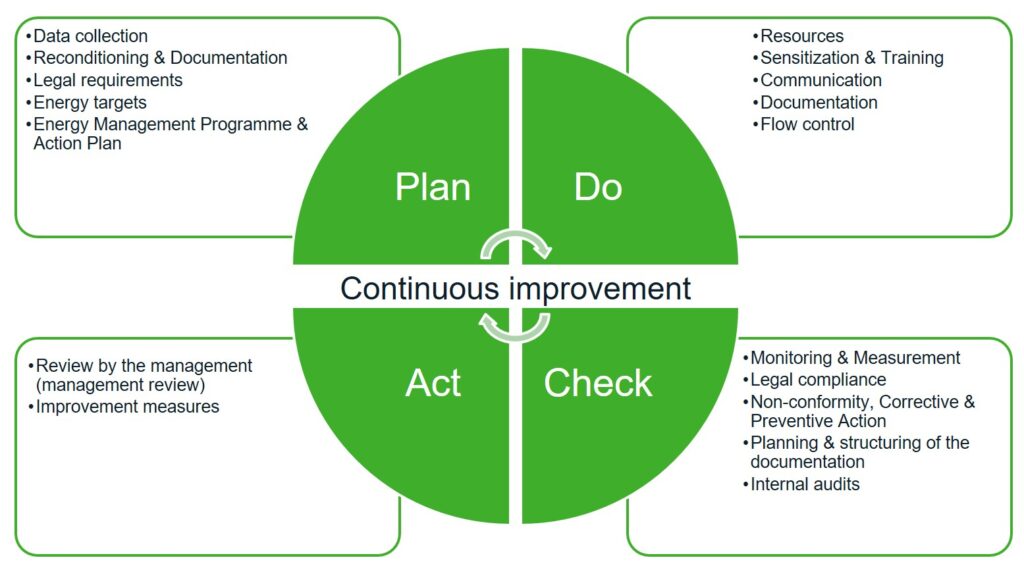
ISO 50003
The ISO 50003 standard, which has been valid since October 2017, is a supplement to and defines the requirements of the ISO 50001 standard, and regulates audits and certifications. Attention is focused on the optimization of energy-related consumption, and thus stricter demands are placed upon the auditors as well as the companies’ energy management officers. As a result of the standard, it is no longer sufficient to roll out a functioning energy management system within the company – certified companies are required to provide proof of continuous energy performance improvement. These optimization efforts must be verifiable and plausible. Suitable, company-specific energy consumption indicators such as energy consumption in the baseline and analysis years or indicators for substantiating energy-saving measures ensure verifiability. This verification must also be furnished during the initial certification audit. ISO 50003 is already valid for new certifications. The grace period for existing certificates ends on the 13th of October, 2020. ISO 50006 and ISO 50015 were also developed in order to provide assistance.
It makes good sense for companies to adapt to the requirements and changes set forth in ISO 50003:2014 without delay. The following factors have primary relevance in this regard:
- Determination of suitable/relevant energy performance indicators (EnPI)
- Examination of the informative value of the energy baseline (EnB)
- Type, place and time of measurements
- Type of measurement documentation and measurement results
ISO 50004
ISO 50004 includes instructions for rollout, maintenance and improvement of an energy management system. The standard is laid out as a guideline with explanations and support for rollout, maintenance and improvement of an EnMS. Beyond this, the appendix to the standard offers tips for the development of measuring plans and provides practical examples of an energy policy, an energy evaluation and an action plan as suggestions.
ISO 50006
ISO 50006 has been in force since April 2017 and is entitled “Energy management systems - Measuring energy performance using energy baselines (EnB) and energy performance indicators (EnPI) – General principles and guidance”. The standard is a guide for companies and organizations for the definition of company-wide energy performance indicators and their use within the enterprise. Factors which influence energy consumption can be identified with the help of key figures.
ISO 50015
This standard provides information on basic principles and makes recommendations with regard to energy data collection. Possible factors include accuracy, uncertainty and reproducibility. Furthermore, the standard provides assistance in the preparation and implementation of a measurement and verification plan.
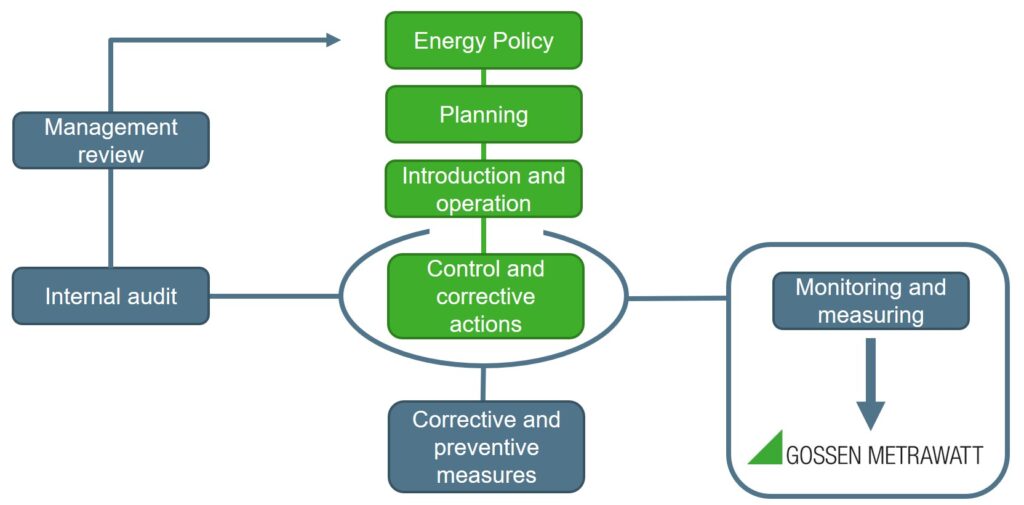
GMC-I Messtechnik supports you where control and corrective measures are concerned





